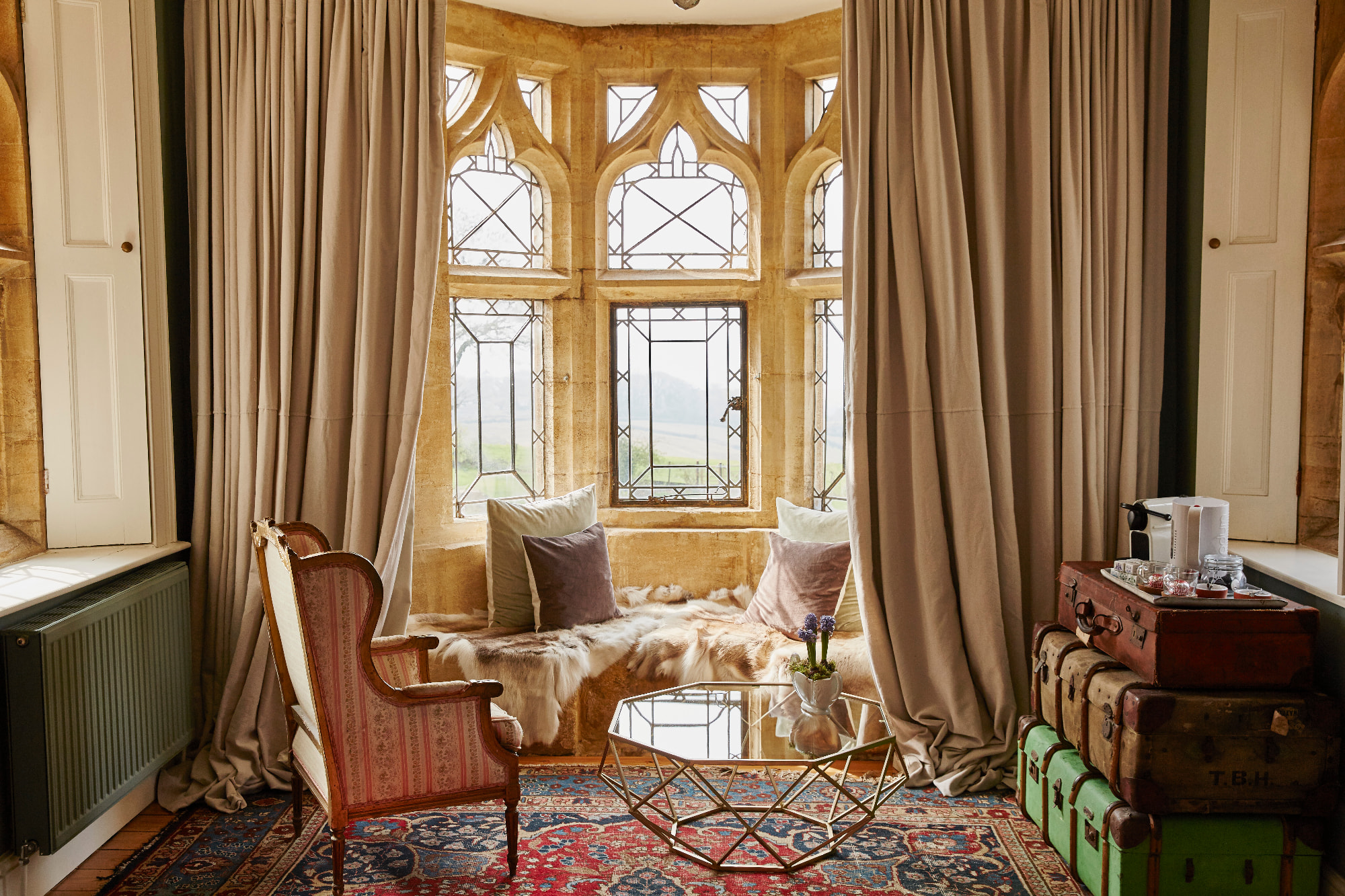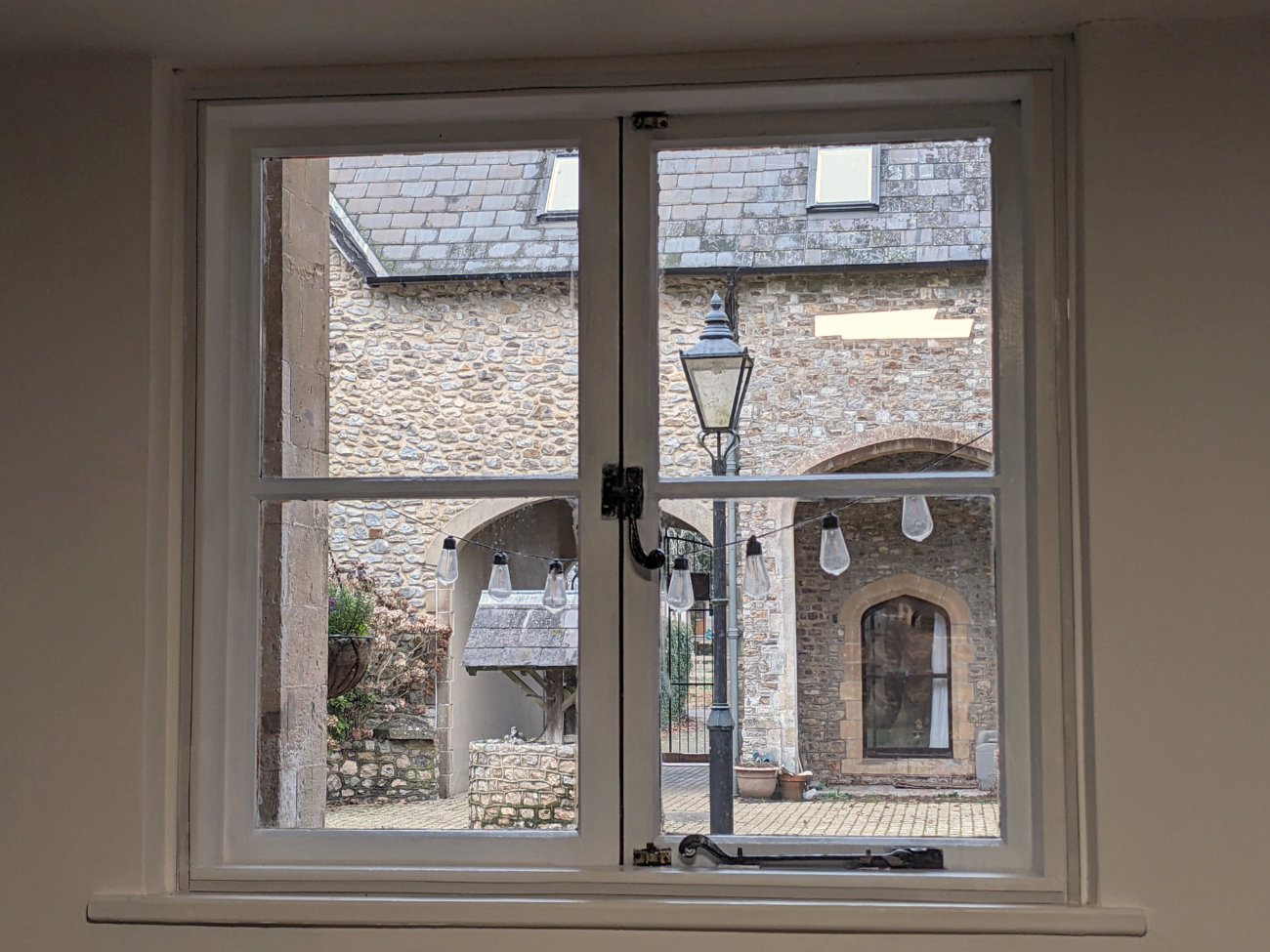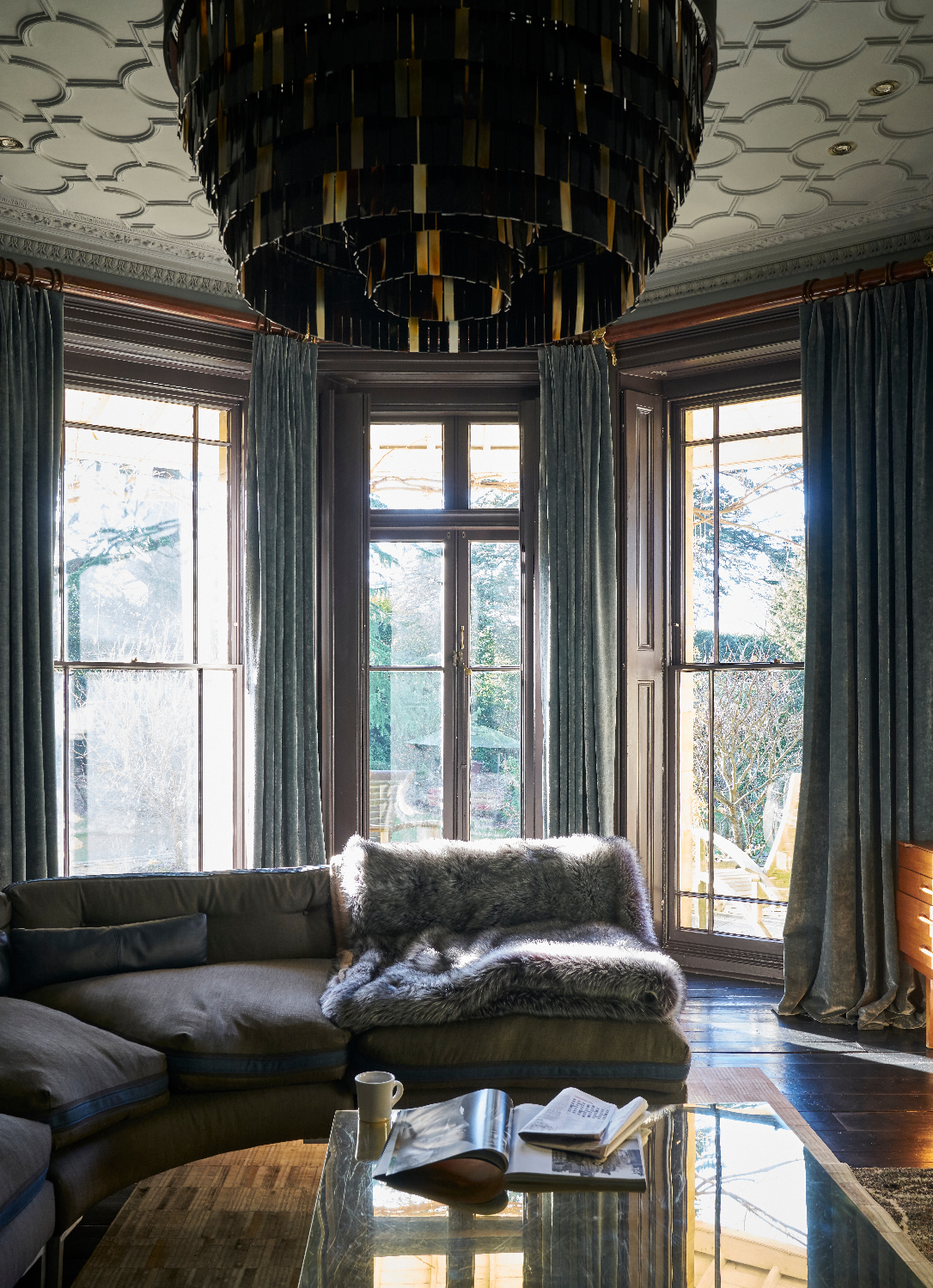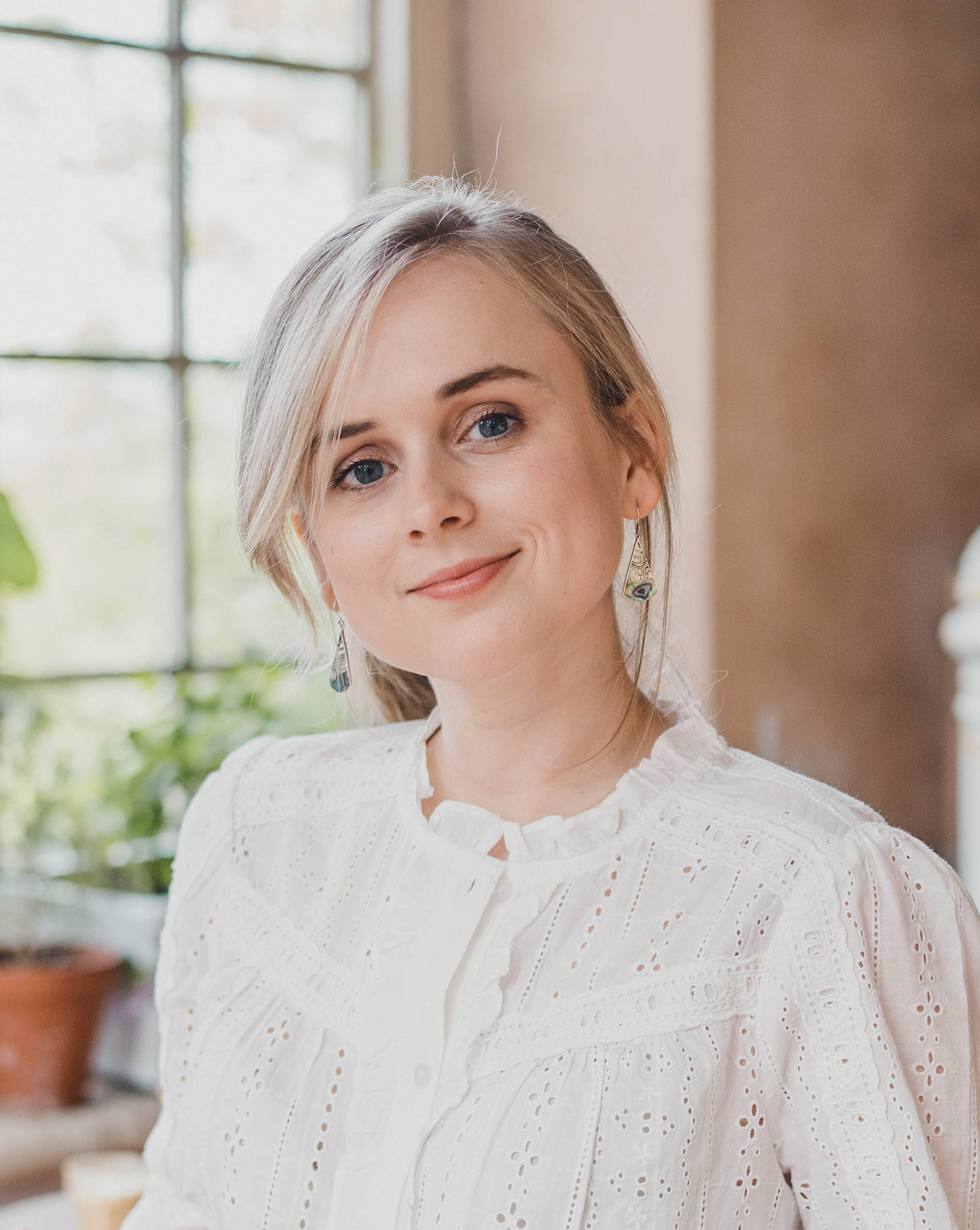A helpful guide to secondary glazing costs
Wondering how much secondary glazing costs? Whether you're going down the DIY route or calling in a professional window installer, our handy guide is here to help

In the quest for a more energy-efficient and quiet home, many homeowners are turning to secondary glazing.
Unlike double glazing, which requires the replacement of existing windows, secondary glazing involves adding an extra layer of glass or acrylic inside your current windows. This method is particularly beneficial in heritage properties where preserving original frames is essential, but it's also useful in properties where double or triple glazing is not an option.
Depending on your home's specific requirements, secondary glazing costs can vary. Below, we share what to expect to pay when installing secondary glazing and the ways in which secondary glazing can impact your home finances for years to come.
Factors influencing secondary glazing costs
"The cost of secondary glazing in the UK can vary significantly based on several key factors," explains Chris Turner, Director of Clearglass. According to Chris, the following factors will all impact how much you can expect to pay:
Window size and number: Having larger windows – or a greater number of windows requiring secondary glazing – means you will require more materials, which can potentially make the installation process more complex.
Material choices: Glass and acrylic are the most common materials used for secondary glazing. Acrylic is lighter and less costly but might not offer the same level of noise reduction. Glass tends to be more expensive but offers better longevity and aesthetics. Low emissivity glass can be a great thermal insulator but it does cost more than standard glass.
Design complexity: Custom shapes or designs made to fit unusual window sizes can add to the cost, as can sliding glazing.
Secondary glazing costs - an estimation guide
Prices for secondary glazing will vary based on your specific requirements, but as a general rule of thumb, basic acrylic DIY kits can start from as little as £100 per window. Professional installations of glass secondary glazing typically range between £300 to £500 per window, depending on window size and specifications.
According to Check a Trade, you can expect to pay an expert window installer between £15 - £20/hour or £120-160 for a day's installation.
DIY secondary glazing vs professional installation

DIY secondary glazing is a popular choice for the hands-on homeowner looking to enhance their home insulation and soundproofing without the higher costs associated with professional installation. This approach involves fitting a secondary pane, usually of acrylic or lightweight plastic, inside the existing window framework.
DIY kits are readily available from websites such as Clearglassand Cut my Plastic. These kits typically include all necessary materials and instructions. While it requires a certain level of DIY skill and precision, successfully installing secondary glazing yourself can be a brilliant way to save money. However, when measuring your windows for an acrylic pane make sure you take accurate measurements, else you'll be making an expensive mistake.
Opting for professional installation will ensure a higher quality finish, precise fitting, and will often come with warranties. These additional costs can add up but they are a worthwhile investment for the expertise and peace of mind it brings.
Long term financial benefits of secondary glazing
Secondary glazing isn't just about immediate costs; it's also an investment in your home’s future. Secondary glazing can reduce energy bills and improve your home's thermal insulation. If fitted correctly, it can also enhance the value of your property, especially in period homes with original heritage windows.
On the flip side, while secondary glazing can stop window condensation, the elimination of draughts can also reduce your home's ventilation, and exacerbate damp issues, which may prove costly to fix.
FAQs

Is secondary glazing or double glazing better for my home?
Double glazing stands out for its superior thermal insulation and soundproofing. However, for heritage properties, listed buildings, and those in conservation areas where double glazing installations are restricted, secondary glazing is often the most practical choice.
Double glazing costs can also significantly outweigh the cost of installing secondary glazing.
What are the problems with secondary glazing?
Secondary glazing, while beneficial in certain circumstances, does come with its own set of challenges:
Aesthetic impact: Secondary glazing can be more visible and less integrated than double glazing, potentially impacting the aesthetic of a room.
Mould issues: Improper installation can lead to condensation between the primary and secondary glazing, or reduce the ventilation in a room, potentially leading to mould and damp issues.
Operability of windows: It can make the operation of windows more cumbersome, especially in cases where the secondary glazing isn't designed for easy removal or opening.
Space requirements: Secondary glazing requires additional internal space around the window frame, which may not be feasible in all interior layouts.
If you're looking to replace your single glazed windows and have no restrictions on the types of window you can install in your home, triple glazed windows can significantly improve your home's energy efficiency and are an option worth exploring. Find out what you might pay in our guide to triple glazing costs.
Get the Homebuilding & Renovating Newsletter
Bring your dream home to life with expert advice, how to guides and design inspiration. Sign up for our newsletter and get two free tickets to a Homebuilding & Renovating Show near you.

Gabriella is an interiors journalist and has a wealth of experience creating interiors and renovation content. She was Homebuilding & Renovating's former Assistant Editor as well as the former Head of Solved at sister brand Homes & Gardens, where she wrote and edited content addressing key renovation, DIY and interior questions.
She’s spent the past decade crafting copy for interiors publications, award-winning architects, and leading UK homeware brands. She also served as the Content Manager for the ethical homeware brand Nkuku.
Gabriella is a DIY enthusiast and a lover of all things interior design. She has a particular passion for historic buildings and listed properties, and she is currently in the process of renovating a Grade II-listed Victorian coach house in the West Country.
